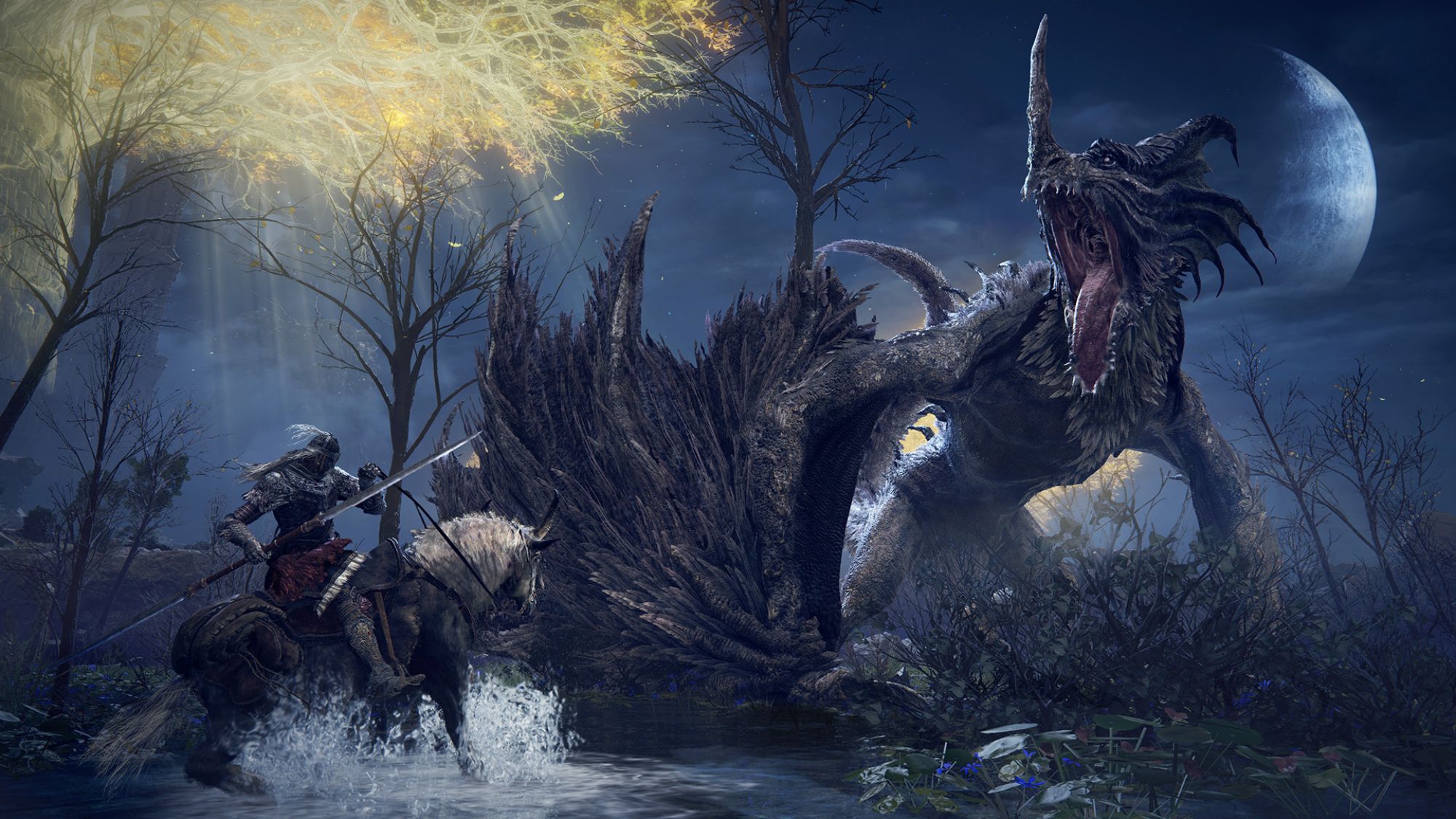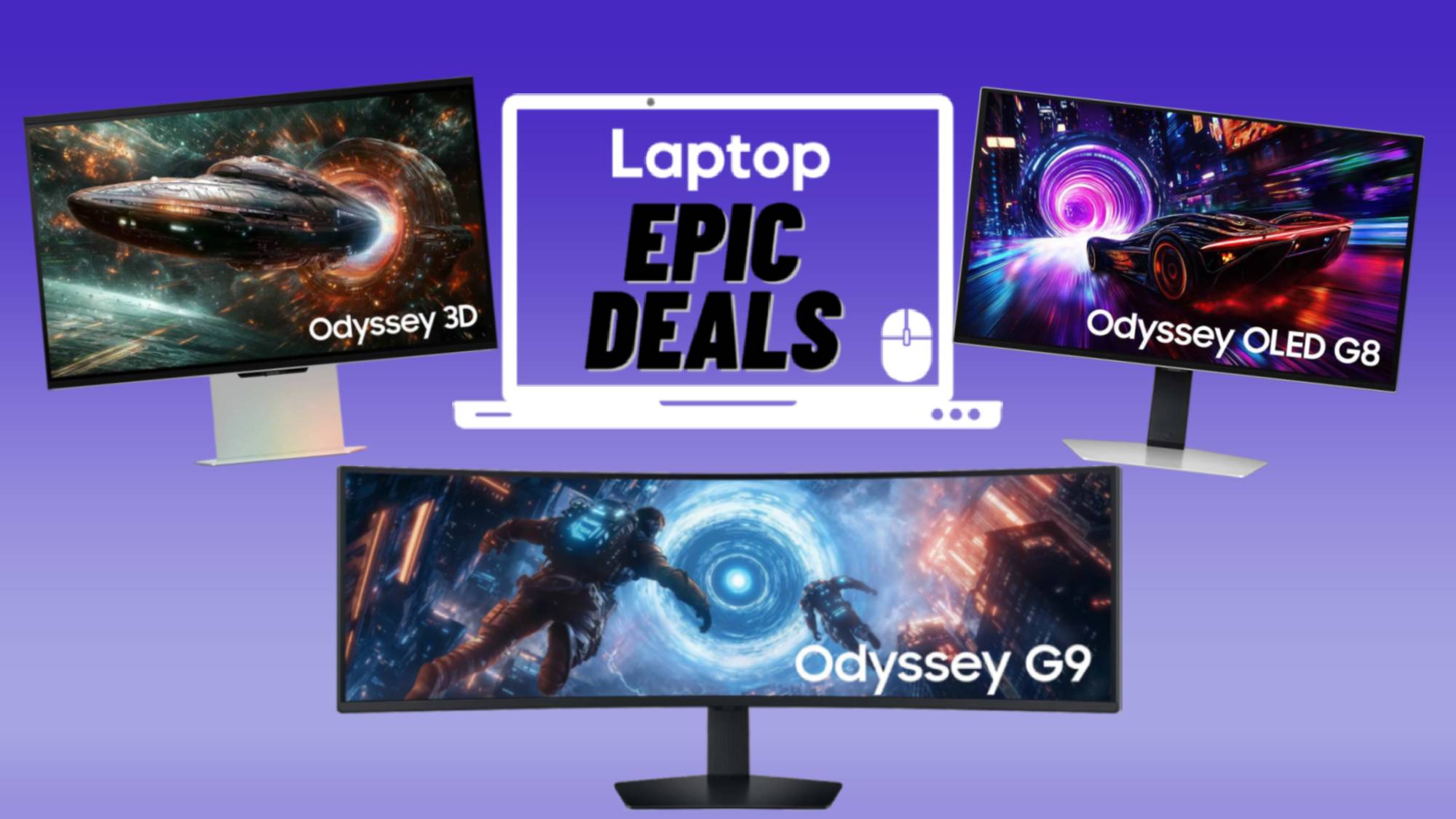Exclusives could be the death of PC gaming — but there’s still hope
We don’t need console exclusive culture in PC gaming

One of the joys of PC gaming is compatibility. When you buy or build a gaming PC or laptop, you can safely expect to get access to the widest array of modern games, dodging the minefield of console exclusivity on the Xbox and PlayStation. But what if the wide compatibility of PC games died?
We’re beginning to see hints of this with a growing divide over optimization for NVIDIA or AMD hardware. "Exclusive partnerships" between the big chip manufacturers and game developers are leading to new releases tailored far more for one hardware brand over others.
From GPU optimization to competition between DLSS and FSR, here’s how exclusive partnerships could damage the entire PC gaming landscape – and how it could still get better going into 2024.
Exclusive partnerships: “Console exclusives” for PC gaming

Optimization has been a growing issue in PC gaming for years now. Big releases like “Star Wars: Jedi: Survivor” and “Elden Ring” were infamously poorly optimized upon release, leaving many PC gamers frustrated. AAA games are also getting more hardware-intensive, pushing PC gamers to invest in increasingly powerful and expensive gear.
The solution to these challenges seems obvious: more collaboration between hardware manufacturers and game developers. That’s where “exclusive partnerships” throw a wrench into things.
Stay in the know with Laptop Mag
Get our in-depth reviews, helpful tips, great deals, and the biggest news stories delivered to your inbox.
The first PC game to use the term “exclusive partner” for one of the chip manufacturers was “Starfield.” Eight years in the making, it was one of the biggest games of 2023. Shortly after its release, reports started rolling in about surprisingly poor performance on NVIDIA and Intel-based PCs. Testing from Digital Foundry confirmed this, revealing noticeable performance gaps between AMD and NVIDIA GPUs.
A few months before its release, a video dropped on the official AMD YouTube channel announcing it as the game’s “exclusive PC partner.” This explains why “Starfield” performed so much better on AMD hardware than NVIDIA or Intel – it was designed to. If you have an AMD-based PC, you’re in great shape, but if you’re team NVIDIA or Intel, not so much.
This sounds unnervingly similar to the console exclusives system. If more developers take the route of “Starfield” and optimize specifically for one brand’s chips, gamers might end up having to consider “exclusive” PC support when they choose new gear.
How exclusive partnerships could cripple PC gaming
Is it really that bad if games are optimized for certain GPUs over others? After all, if the game still runs well enough to enjoy, is it that big of a deal if the FPS is a bit low? Unfortunately, the issue isn’t that simple. PC gaming has always involved carefully choosing and upgrading equipment to run newer games. What’s happening now is a divide over hardware support.
One of the main battlegrounds between NVIDIA and AMD right now is the competition between DLSS and FSR. Both technologies improve FPS in supported games, but their performance can drastically differ. They also vary in terms of hardware support with DLSS available on only NVIDIA RTX GPUs while FSR is available on virtually any GPU.
It’s not uncommon for some games to have support for DLSS or FSR at launch, then add the other later on. However, exclusive partnerships could make that lack of support intentional or even permanent. “Starfield,” for example, only had support for FSR at launch. DLSS support wasn’t added until a few months later. Some games, like “Far Cry 6” or “Resident Evil 4,” never add support for a second graphics upscaling technology or only get it through mods.

If divisions like this gain ground, what we end up with is a PC gaming market where players have to decide which games they care about most when they buy new hardware, just like in console gaming. That’s a big decision for people across the spectrum from budget to high-end gamers.
Say you just dropped $1,000 on an NVIDIA RTX 4080 Super. When you invest that much into one of the best GPUs on the market right now, you should be able to get flawless performance on any modern game you want to run. It would be rightfully frustrating to get stuck with mid-range performance just because a game doesn’t support DLSS or was optimized for AMD GPUs instead of your top-notch NVIDIA card. The same goes both ways.
On the other end of the spectrum, budget gamers are now in a really tight spot because they simply don’t have the funds to pivot to a new GPU if a game they want is “exclusively” optimized for another brand. Instead, performance on budget hardware goes from lackluster but acceptable to downright unplayable.
Exclusivity just worsens the existing hardware headache in PC gaming. It makes it more confusing and expensive for new players to get into the niche and creates unnecessary complications for veteran players looking to upgrade their laptop or desktop. In a world of exclusive optimization for one brand at the expense of others, PC gaming will lose the wide-open game support that makes it great.
What comes next?
It remains to be seen if the “exclusive partner” system will catch on in PC gaming. Fans certainly weren’t happy about it when Bethesda made AMD its exclusive partner on “Starfield.” So, you would think that incident might act as a cautionary tale for other games going into 2024. I sure hope it does. What this market needs right now is more collaboration, not less.
So, what can we expect as we look ahead at 2024’s slate of game releases? One thing to watch for is support for DLSS and FSR. Ideally, big games should support both at launch whenever possible. If we start seeing more games only support one or the other, that could be cause for concern.
It’s not all doom and gloom, though. Recent releases show signs of hope. For example, “Avatar: Frontiers of Pandora” is an AMD partner game but includes support for both FSR and DLSS. Also, if AMD’s graphics upscaling tech performed on par with DLSS, it might not be such a big deal if players only had the option for one or the other. Improvements to FSR might help in this regard.
Plus, modding communities are already creating mods to add support for DLSS into titles without it. Hopefully, this combined with pushback from fans will dissuade developers from continuing the “exclusive partner” trend. The PC gaming market will be better off for it.

Stevie Bonifield is a freelance tech journalist who has written for PC Gamer, Tom's Guide, and Laptop Mag on everything from gaming to smartwatches. Outside of writing, Stevie loves indie games, TTRPGs, and building way too many custom keyboards.
